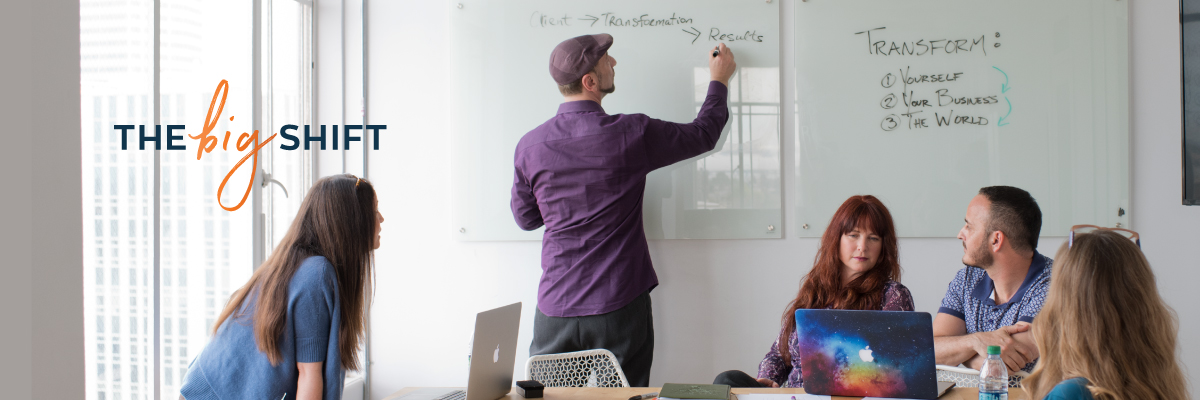I usually give myself an hour to read blogs and write my own posts Monday through Thursday.
I have two different types of days of blogging:
1. I feel no pressure. I settle into the hour, read and allow whatever comes out of the time to naturally evolve. I enjoy my time. I am often happy with the result.
2. I begin the hour already worried that 1 hour is simply not enough time to read my favorite blogs and create a post worthy of my own inner critic. I feel rushed and often produce very little that I can even contemplate posting to my blog.
I am now in minute 21 of my hour. I am still feeling the pressure. My limiting belief is that I can’t get out of this pressure in this sitting. My desire is to simply write what is and allow myself to snap out of this mode.
Yes, our relationship with our constraints is the secret doorway to unlimited creativity. As that relationship grows, matures and becomes effortless, so enters our creativity.
Kathy Sierra has a take on it:
“What if you needed to build a powerful web app, but you had only ten hours a week for programming? What if you wanted to write a novel, but you had to do it in 30 days? What if you wanted to create a computer game, but you had only 48 hours? What if you had to write, shoot, and edit a short film in 24 hours? Constraints can be your enemy, but when it comes to creative breakthroughs, they can be your best friend.
Constraint-driven creativity is not just about inspiring (or forcing) creativity, it’s also about getting something done. How many of us keep planning to get around to writing that book… once we’ve got some free time? How many projects stay on the back burner forever because we just can’t seem to make it happen?”
We can look at our constraints as the walls of our prison cells or we can look at our constraints as simply borders of our canvas. So let’s pick up our brushes and let’s freely paint within the borders of constraints.
Yes, you can write that book in 45 days.
Yes, you can create this website for $5000.
Yes, you can build this widget with lighter materials.
Yes, you can run a successful business while working 30 hours per week.
What constraints do you have in this project?
What will help you feel the freedom in the constraints not despite them?
This is what Jack White of White Stripes has to say about it (from Tom Guariello’s book — Work Different: Design For The Rest of Us)
“A lot about the White Stripes is about constriction and keeping us boxed in. Being extremely stripped down to the most minimal components, mostly revolving around the number 3. You see that [we use] three colors: red, white and black. But also vocal, guitar and drums, or vocal, piano and drums; and, keeping ourselves limited. I think there’s more creativity where there’s less opportunity. Instead of trying to bring more musicians into the band or more tracks when we record or more time spent in the studio, it’s best to explore the creativity with limited means. You get more out of it; something more interesting happens.”
(40 minutes to complete this post from start to finish)




